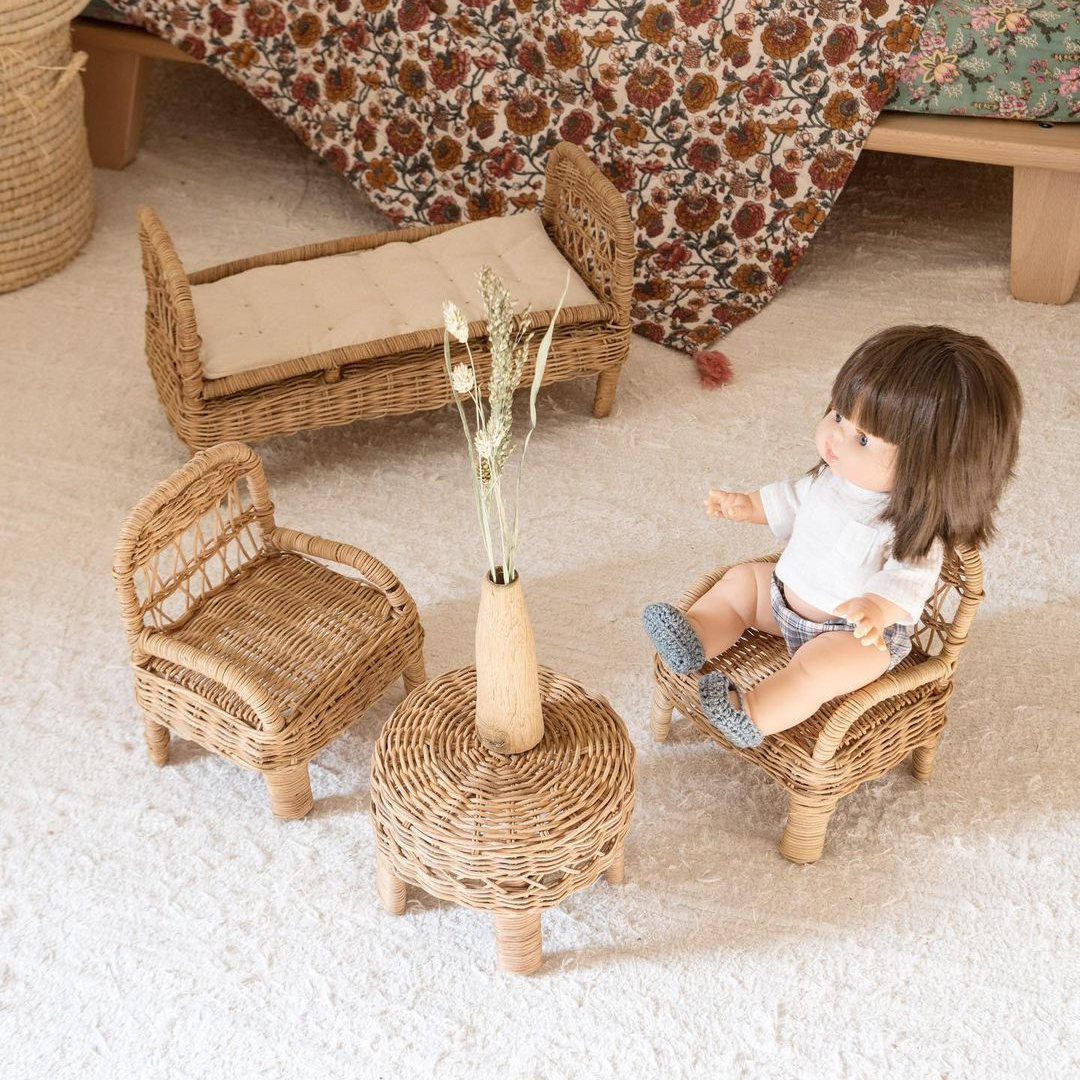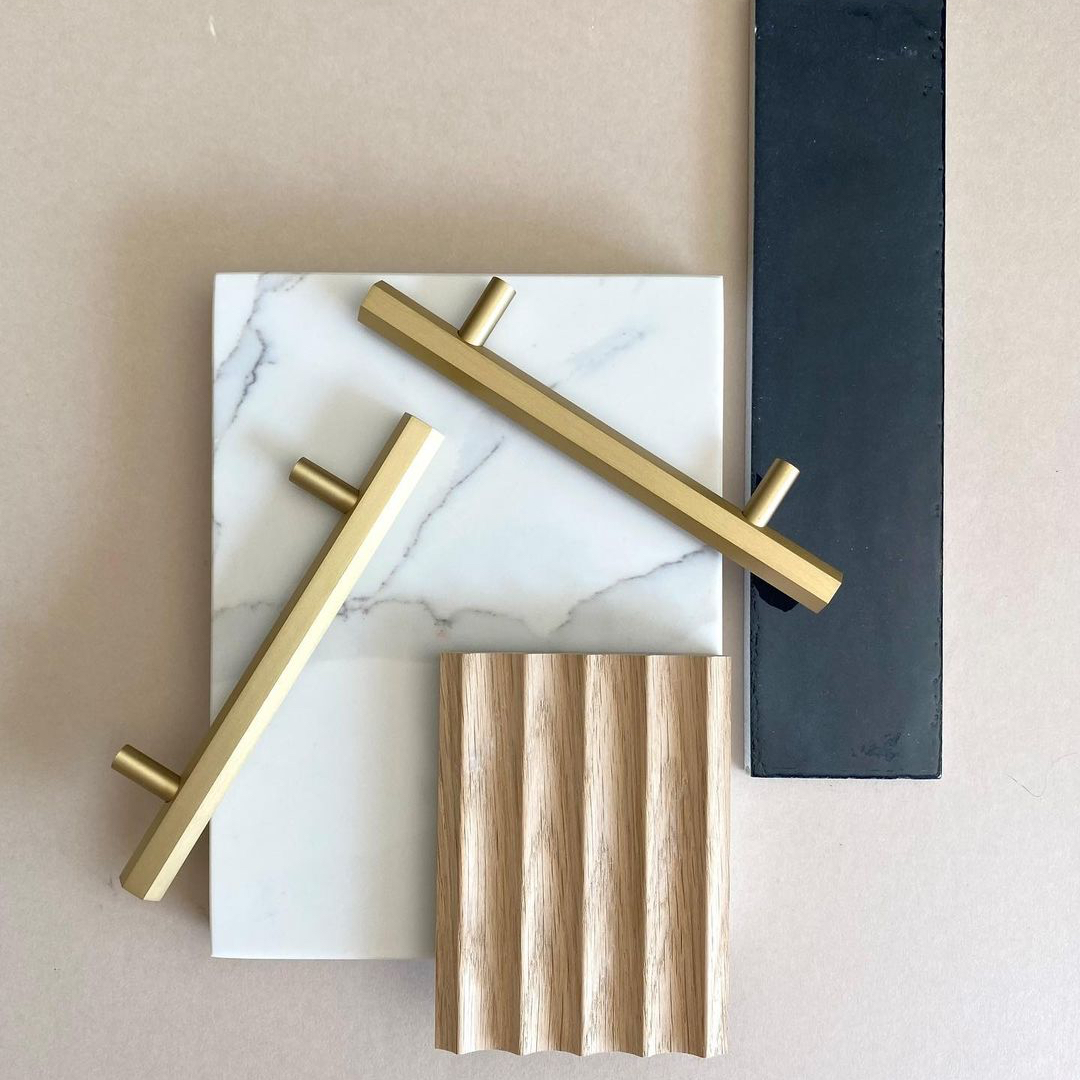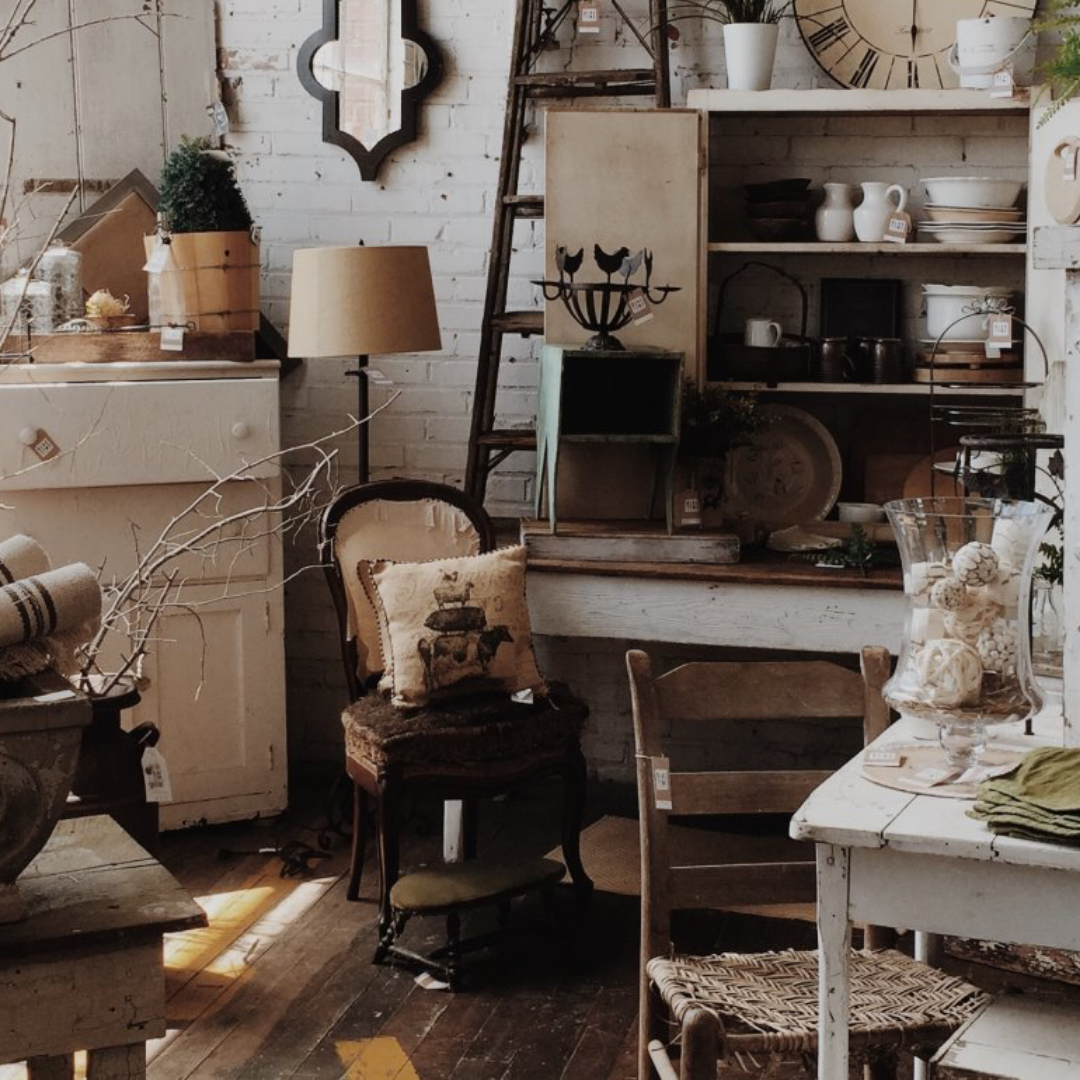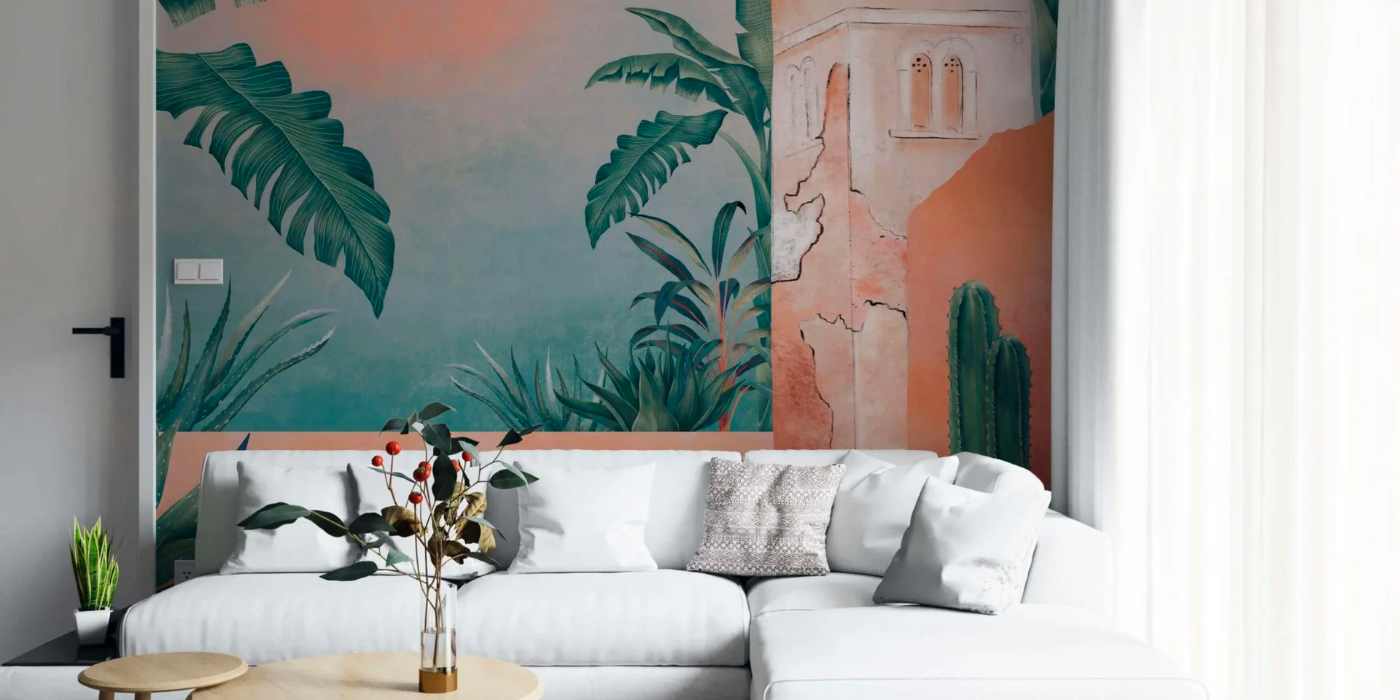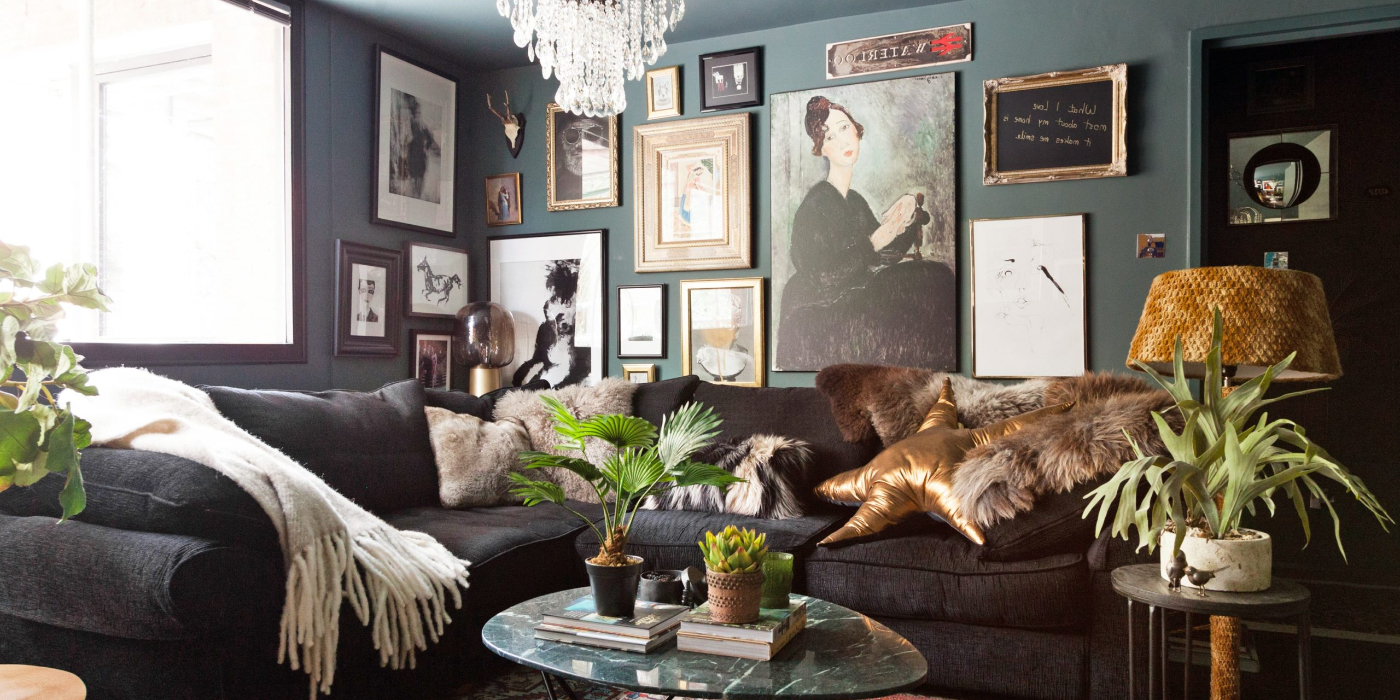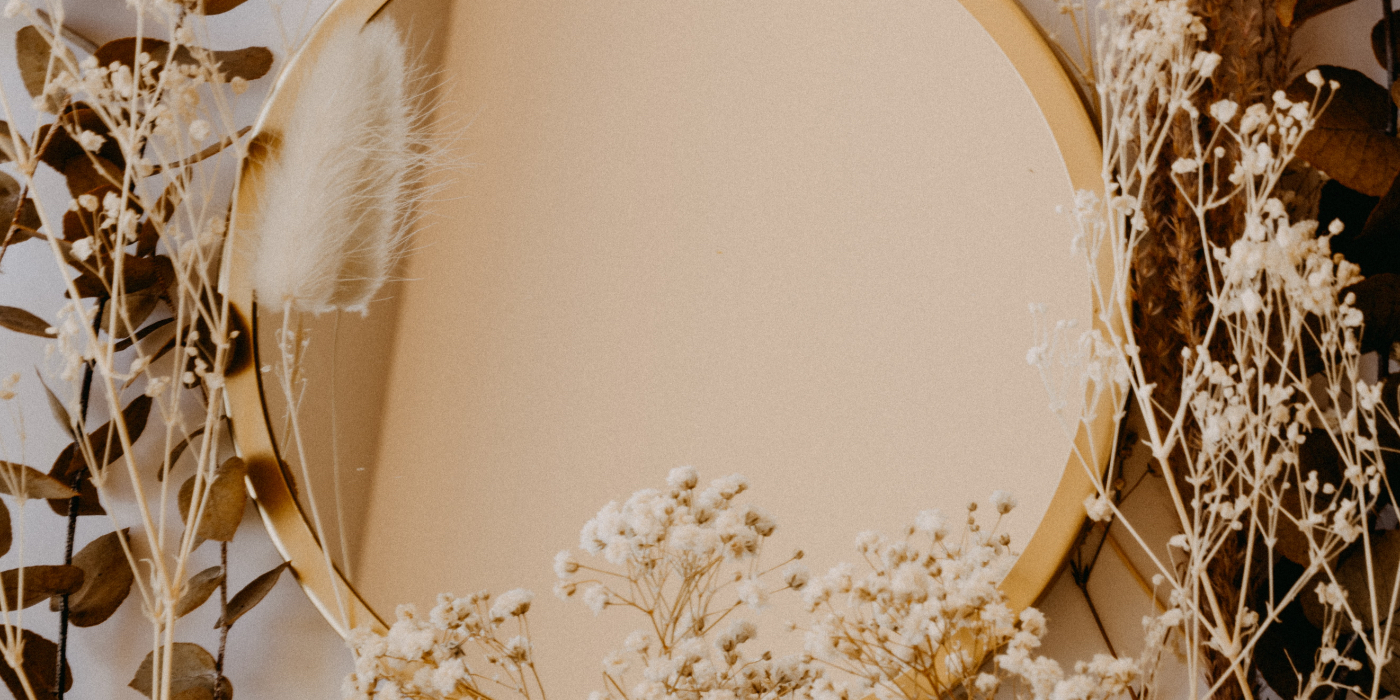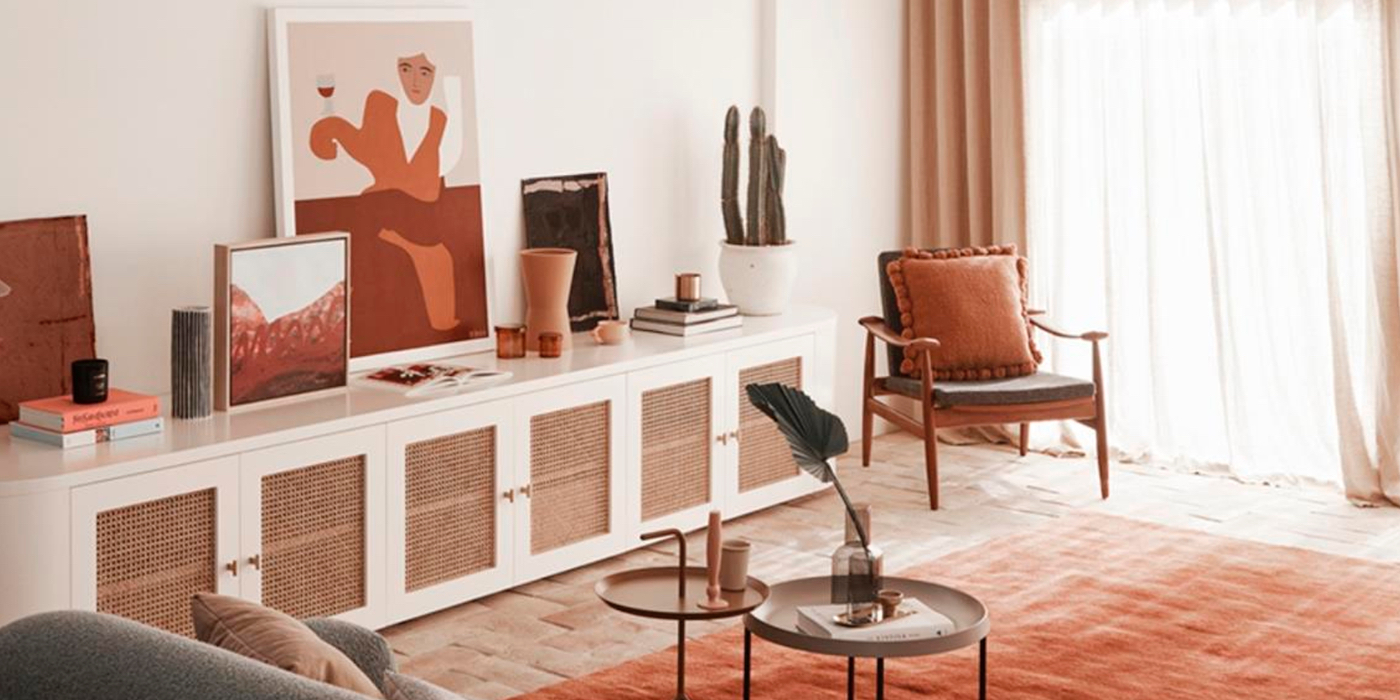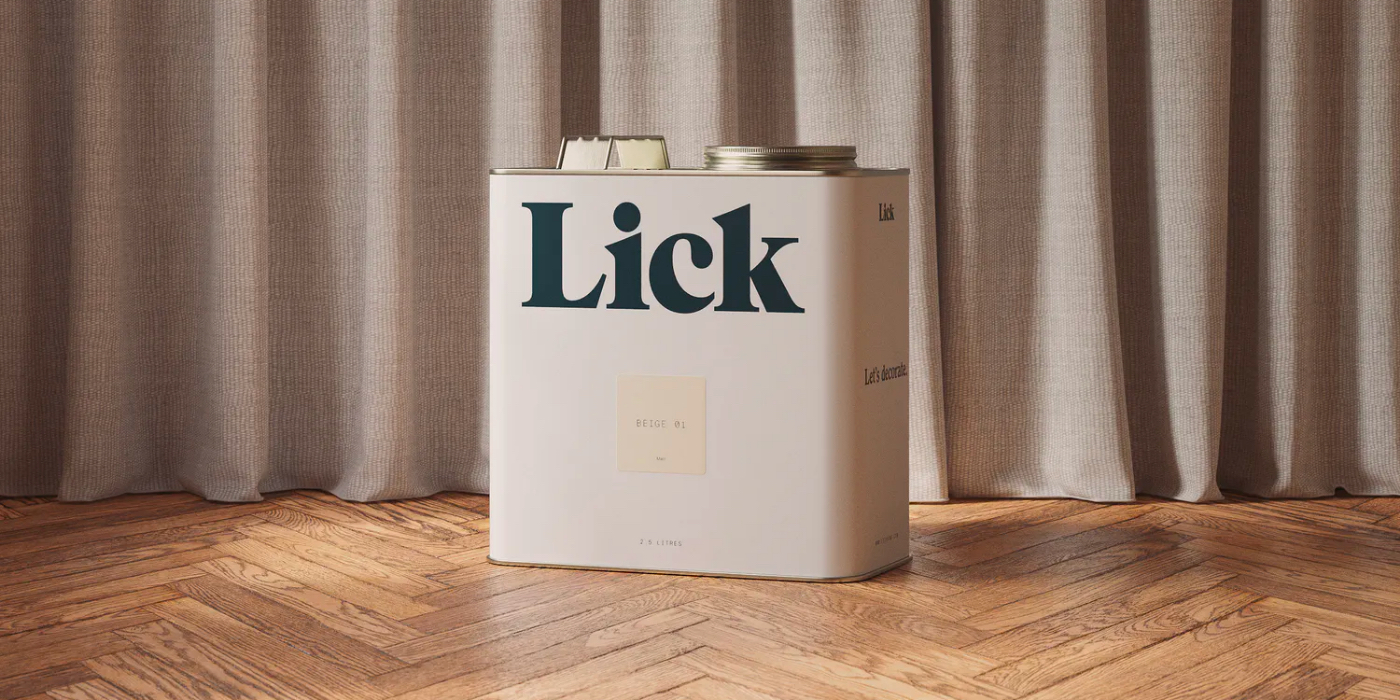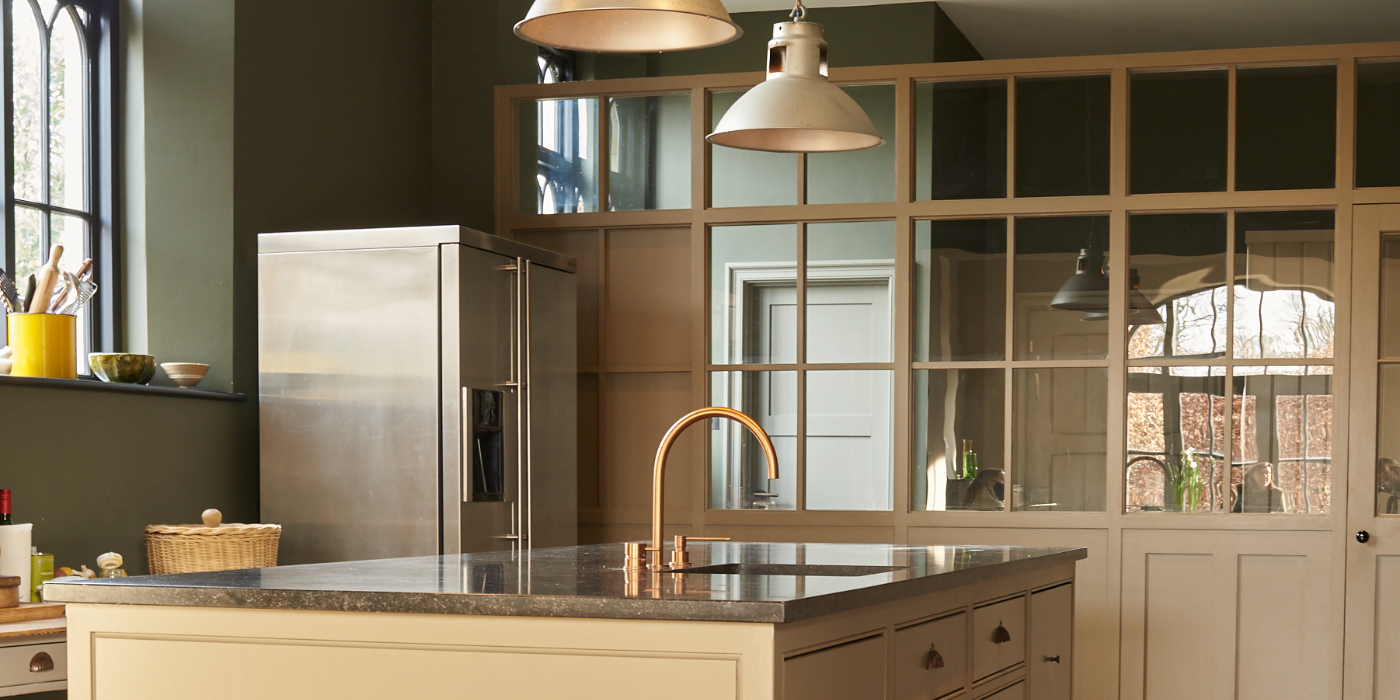How to Style a Feature Wall
Moving into a new home? Those estate-agent-ready houses you’ve been viewing are likely to fall into one of two categories. What is broadly described as a fixer-upper – where everything needs to be replaced or an immaculate ‘ready to move-in’ property where you can spot immediately that the previous owner or landlord has painted everything in a neutral colour to avoid offending anyone. Both situations are perfect for a feature wall – in the case of a fixer-upper you may be starting from scratch but, it’s wise to keep things simple until you’ve got all your own fixtures and fittings in place. Or, if like me, you move into a property where every room has been painted white or grey, a feature wall is a quick way to add personality without having to redecorate from scratch.
Even if you just want to revitalise a room, a feature wall can help bring space to life. It can be used to soften dark colours or heavy furniture and add interest to rooms that might otherwise be boring. It can help tie in soft furnishings without the excessive look of a fully wallpapered room. You can create one in any room of the house although there are a few basic guidelines to follow if you are planning one for yourself.
Tips to style a feature wall
1. Firstly, your feature wall should ideally be on a space which isn’t interrupted by doors or windows. If that’s not possible, you need to consider how those architectural features can be integrated into the feature wall.
2. It’s normal to make a feature wall in a space you first see when you walk into a room. The aim is a dramatic effect that sets the tone for the whole space.
3. Feature walls can be used to create an optical illusion. You can trick the eye into believing a space is larger or smaller by using colour and pattern.
4. Your feature wall needs to be in a cohesive style to the rest of the room. I truly love some of the contemporary designs and bright colours and patterns you can find for feature walls. If you are thinking of using those styled, you will need soft furnishings that complement the wall. It’s all about extending your own personal taste, not conflicting with it.
5. Do think about the space you have available. Large mural style walls work best where there is plenty of space, while smaller prints or display style feature walls can more easily be adapted to fit a smaller space. If you do have space, then a wide repeat will give a luxurious effect. I particularly love the collection from La Touche Originale (https://www.cezanno.com/marketplace/seller/profile/shop/La%20Touche%20Originale) – perfect for a modern home or for a warehouse-style conversion.
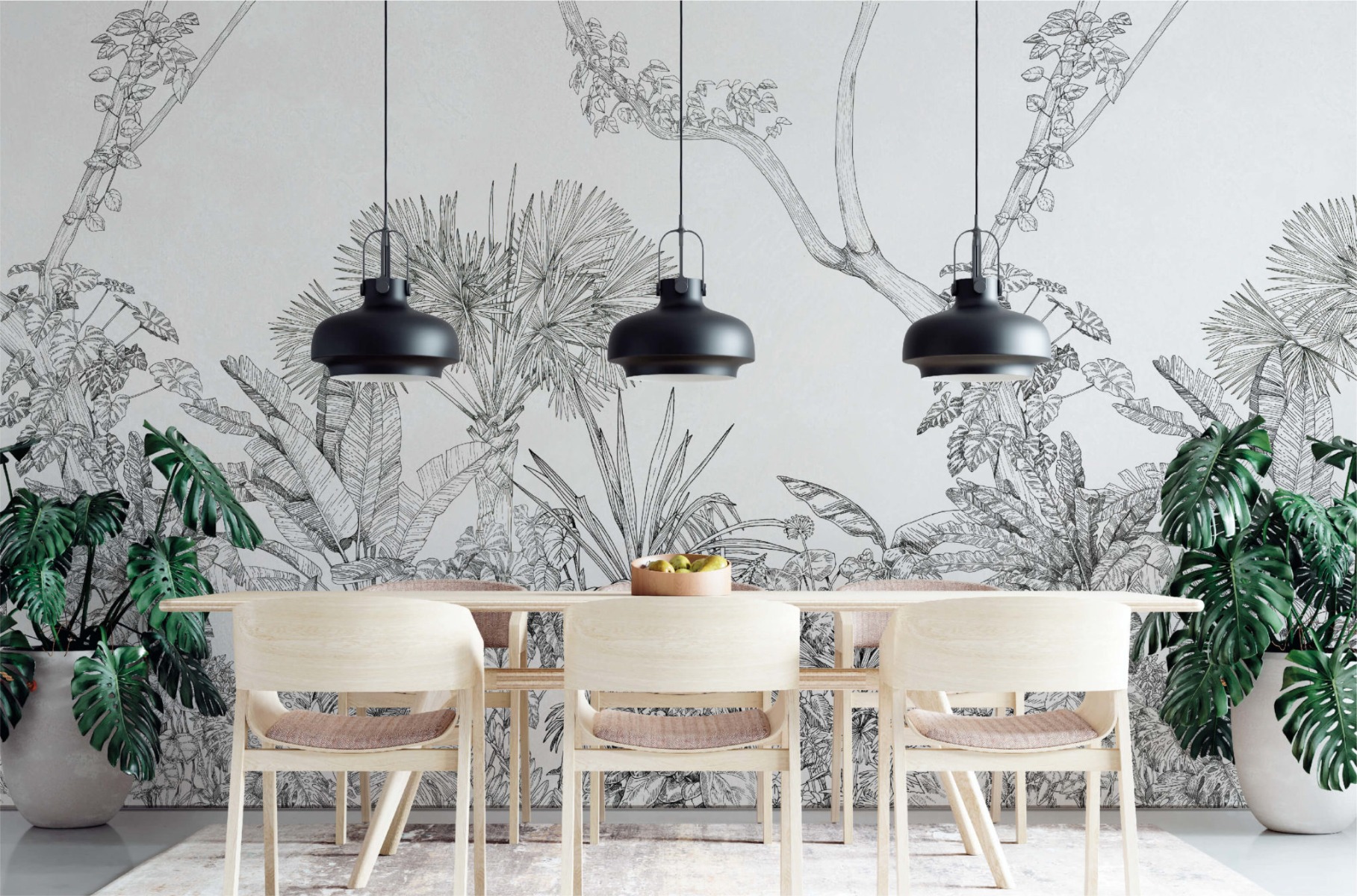
There are plenty of ways you can create a feature wall if you are renting, can’t or don’t want to redecorate or if you have a collection of something you want to display. I’ve seen collections of hats carefully hung up. You could do something similar with the wall trays from Ibride (https://www.cezanno.com/marketplace/seller/profile/shop/Ibride) or perhaps with a set of fans from Botanical Boys (https://www.cezanno.com/marketplace/seller/profile/shop/botanicalboys). The advantage of course, is that the display doesn’t need to be permanent and when you fancy a change, you can do something different without having to redecorate. Here, a small feature wall has been made with panels made up from printed maps mounted on boards to make a cohesive panel.
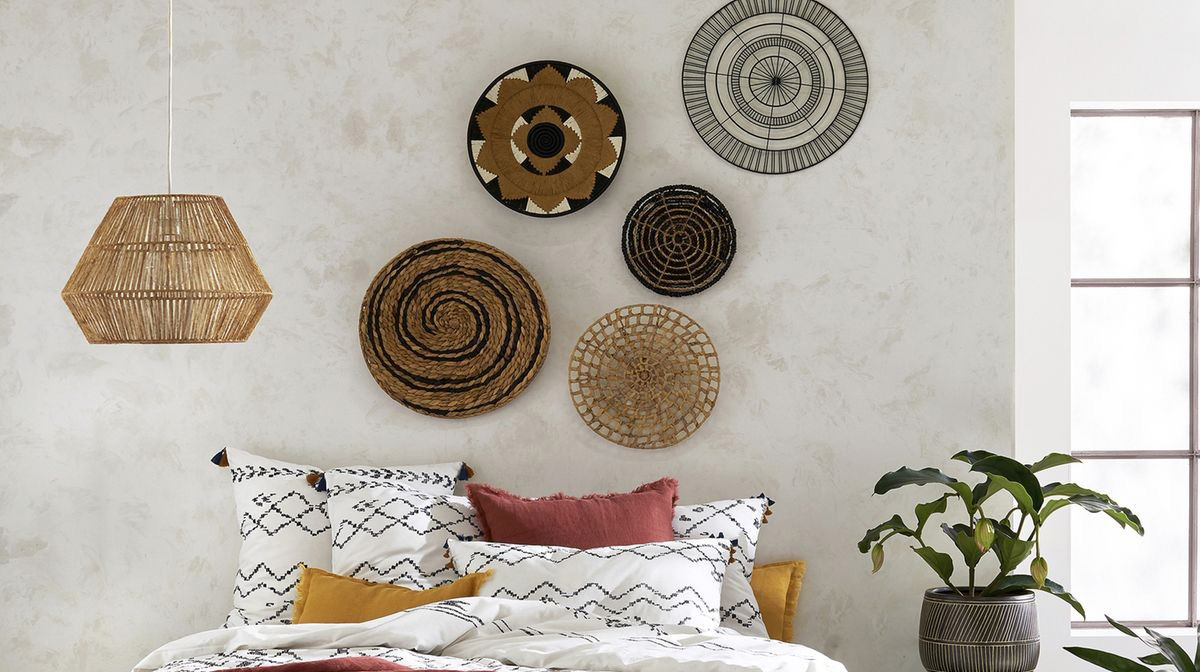
Wall decals, transfers and stickers are other options. Best used on painted plaster or plasterboard, you can create your own look in a matter of hours. My house though is a traditional Victorian terrace and most of the furniture in the two rooms I am working with dates from the Victorian or Edwardian era. I’m aiming for an effect that is classic with a contemporary feel to help ensure I don’t feel as if I’m living in an antiques showroom.
What to consider when styling a feature wall – from personal experience
I’m in the middle of adding two feature walls in my home – at the planning stage where the samples have arrived, I’ve asked all my friends and family for their view, picked my favourite and now can’t wait to get started. In my case, both are wallpaper based, but depending on the style of your home and your personal situation, you can easily create a temporary feature wall.
Insist on samples
Initially I was set on one of the Andrew Martin murals ‘Constantinople’ for the space in my dining room. The wall is the one you see directly opposite you when you walk into the room from the hallway, and I thought a mural would be a great way to fill a large white area. However, I sent away for samples of several different styles of wallpaper and concluded that the mural wouldn’t work in the space I had.
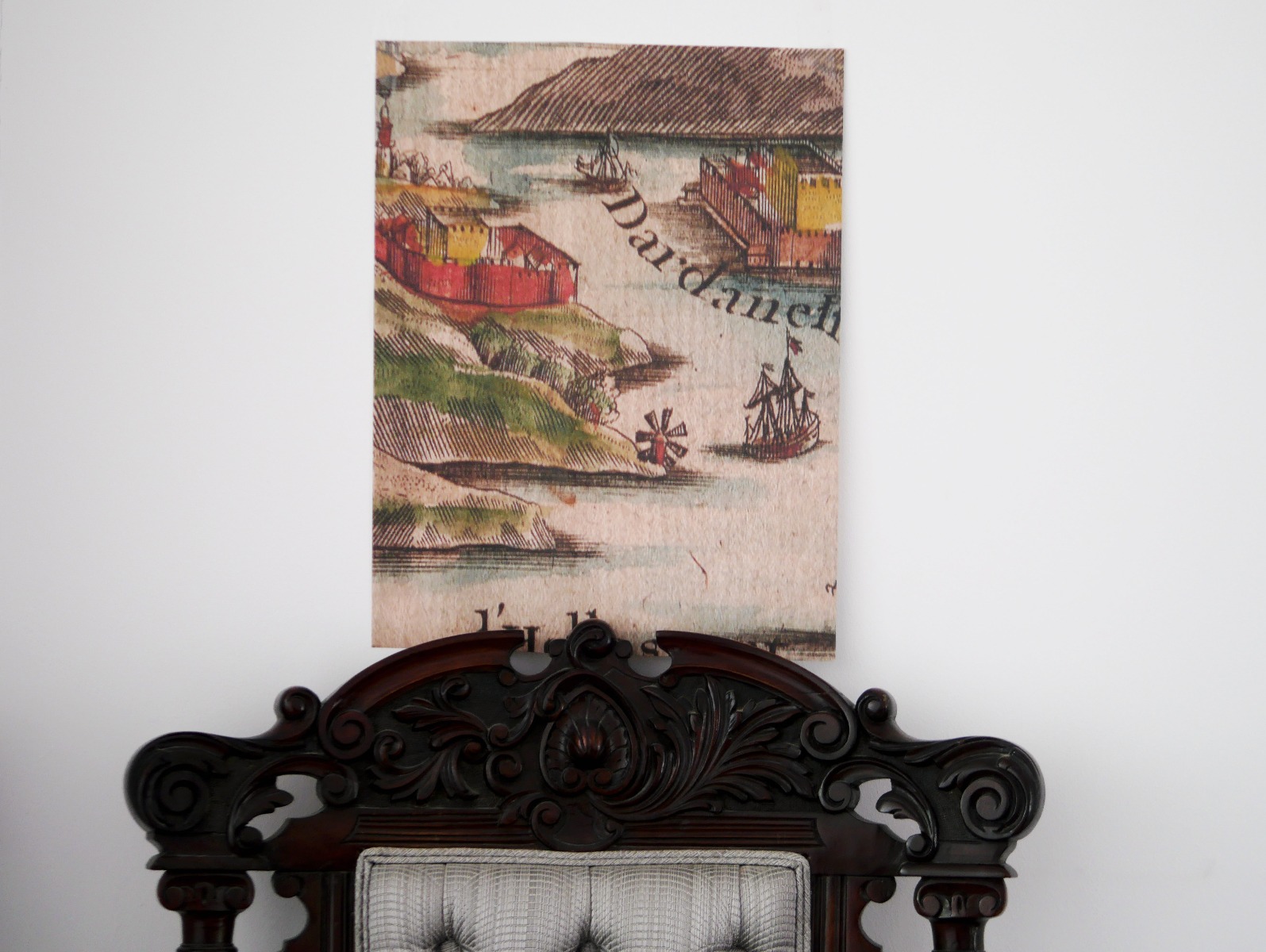
Consider scale
Firstly, the mural panels are a set size and would have left a border of about 8cm on either side. I looked at getting the border painted to tone in – Andrew Martin does sell coordinating paints so that might have been feasible. More importantly, when I got the sample, I realised my dinner guests would be very close to the print. And, while the ‘story’ of the mural works well from one side of the room, close up it’s less convincing. So, I’m saving it for another time and another room.
Choose a theme
Instead, I’m planning to use ‘love letters’ – a print made up of a collage of 19th-century envelopes that have faded to a soft sepia. I also have a collection of old framed family photos dating back to the early 20th century that I want to hang – and I think the wall will make the perfect place to put them once the paper is in place.

My second feature wall is in my living room. Here, I’ve already got a contrasting grey wall. This room is a slightly awkward shape, and it is dominated by a plaster fireplace directly opposite. I can tell from the painted wall that the contrast helps balance the room and makes up for my current lack of any pictures or mirrors. The large walnut overmantel mirror that I planned to put above the fireplace broke when I moved, and I haven’t found a suitable replacement yet. I’m still considering a new sofa so rather than buy art that doesn’t work with that, I’m waiting.
The Andrew Martin design I want to use is a soft grey-based architectural print called Augustus. So, my colour palette isn’t changing – I’m just adding more interest to a room that I want to feel a little cosier.
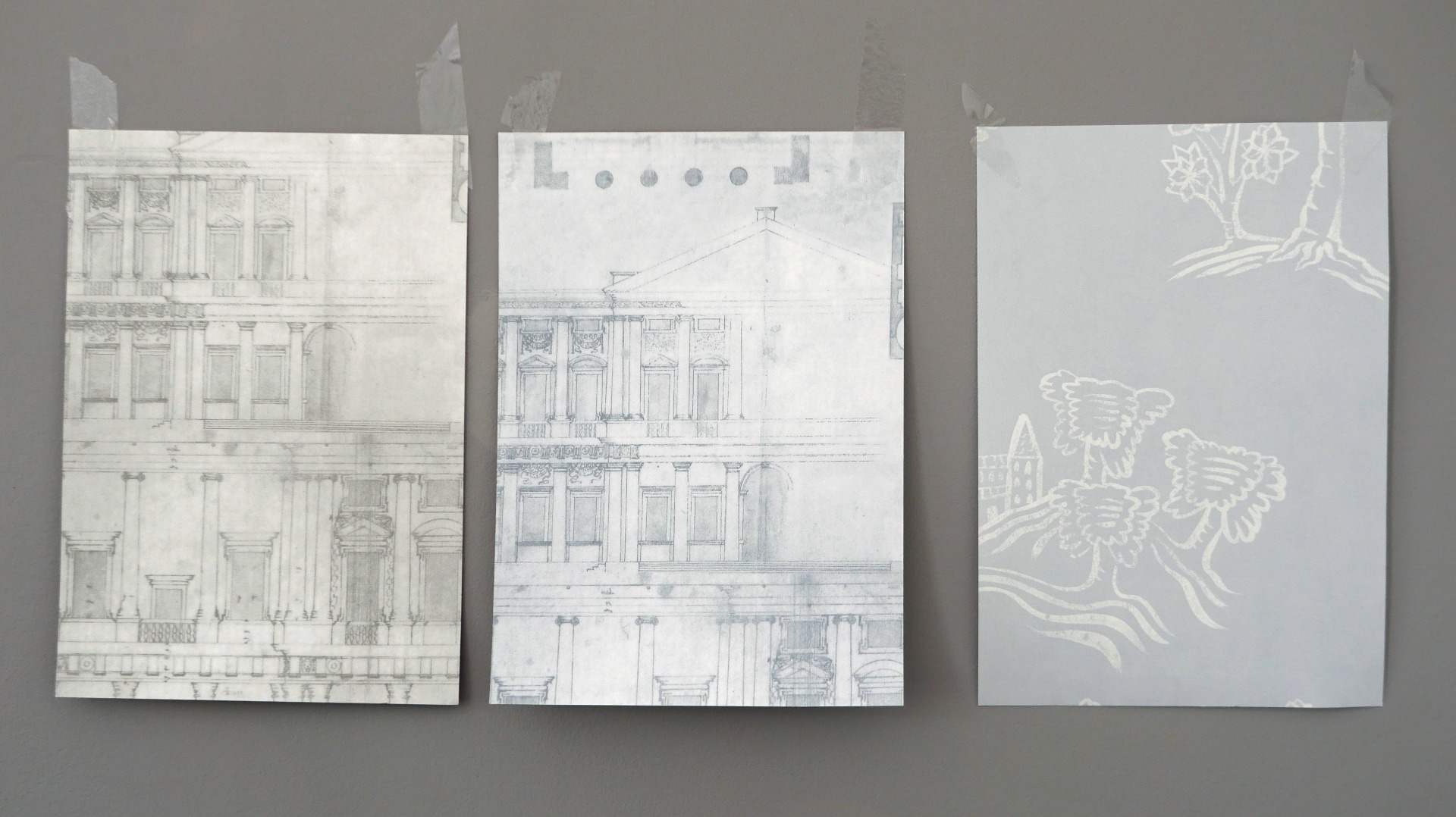
The next step for me is to order the paper and then put it up. I can’t wait to see how it works when it’s in situ.
